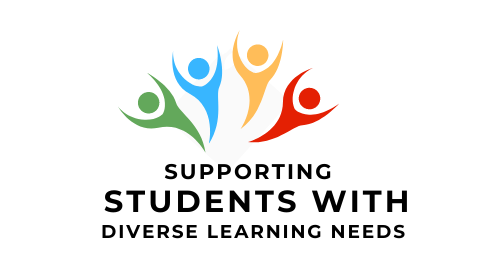Bryant, Brian R., Pedrotty Bryant, Diane, Rieth, Herbery J. The Use of Assistive Technology in Postsecondary Education in Postsecondary Education and Transition for Students with Learning Disabilities 2nd Ed. (Pro-ed: Austin, Texas, 2002)
Fichten, C. Asuncion, J. V., Barile, M., Robillard, C., Fossey, M. E., Lamb, D. (2003). Canadian postsecondary students with disabilities: Where are they? The Canadian Journal of Higher Education, 33(3), p. 71-113.
Orr, A. C., & Bachman Hammig, S. (2009). Inclusive postsecondary strategies for teaching students with learning disabilities: A review of the literature. Learning Disabilities Quarterly, 32(3), 181196. doi: 10.2307/27740367
Rose, D. H., Harbour, W. S., Johnston, S. C., Daley, S. G., & Abarbanell, L. (2006). Universal design for learning in postsecondary education: Reflections on principles and their applications. Journal of Postsecondary Education and Disability, 19, 135-151.
Additional Resources
CAST (2015). UDL Syllabus. Retrieved February 10, 2016 from http://udloncampus.cast.org/page/planning_syllabus#.VqfxK_krKUk
CAST (2011). CAST UDL Curriculum Self-Check. Retrieved February 10, 2016 from http://udlselfcheck.cast.org/
Council of Ontario Universities (2013). Understanding Barriers to Accessibility. Retrieved on February 10, 2016 from http://www.accessiblecampus.ca/educators/intro-to-accessible-education/understanding-barriers/
Lebens, B. (Photographer). (2009). Ramp Stairs. [Digital Image]. Retrieved fromhttps://www.flickr.com/photos/borkazoid/4202740785/
Mull, C. A., & Sitlington, P. L. (2003). The role of technology in the transition to postsecondary education of students with learning disabilities: A review of the literature. Journal of Special Education, 37(1), 26-32.
